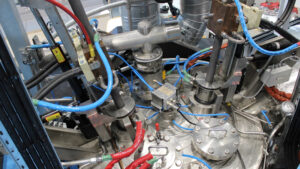
Radar Meets Foundry: How modern sensor technology drives the digitalization of casting
Radar technology is transforming the way foundries understand and control their casting processes. At the Barbaratagung on November 27, we will showcase how real-time, contactless
















